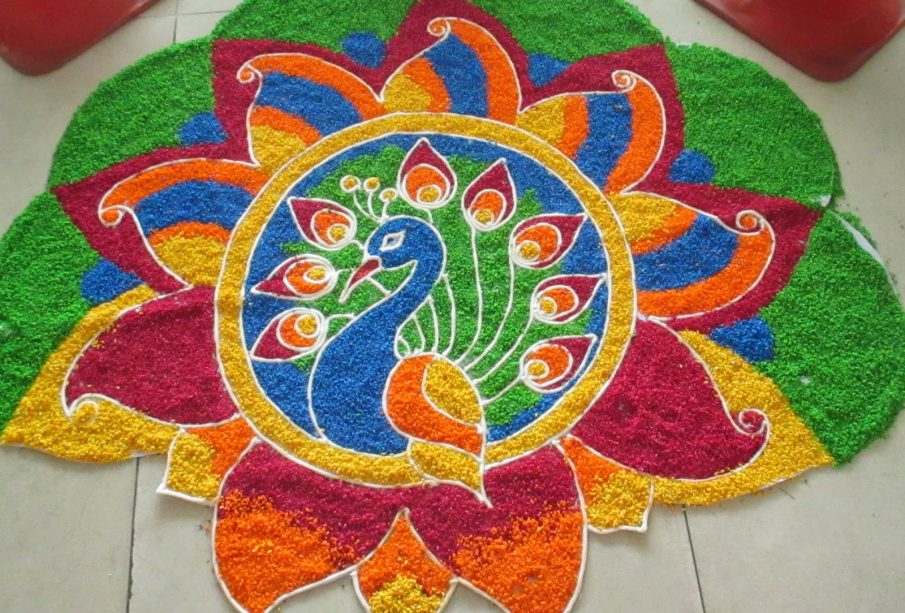Significance and Celebrations of Puthandu – Tamil New Year

Introduction to Puthandu
Puthandu, also known as Tamil New Year, is one of the most significant festivals celebrated by Tamils around the world. Falling on April 14 every year, it marks the beginning of the Tamil solar calendar. The festival is not only an occasion for celebration but also a time for reflection, renewal, and gratitude. It is important as it represents new beginnings, and symbolizes hope and prosperity for the upcoming year.
Celebrations and Traditions
The festivities of Puthandu typically commence with the ritual of kaanum pongal, where families gather to prepare special dishes, most notably the sweet dish called pongal. People clean their homes and decorate them with colorful kolams (traditional rice flour art) to welcome prosperity. In many households, a traditional feast is prepared that includes various local delicacies.
On Puthandu, it is customary for families to visit temples and offer prayers for a prosperous year ahead. Cultural events such as traditional music and dance performances are organized in various locales. In Tamil Nadu, public celebrations often feature processions, cultural parades, and fairs.
Puthandu Around the World
Puthandu is celebrated not just in Tamil Nadu but also by Tamil communities across India and the globe, including countries like Sri Lanka, Singapore, Malaysia, and the United States. Each region may have its own distinct customs, reflecting local traditions while maintaining the core essence of the festival. For instance, in Sri Lanka, Puthandu is marked by similar rituals, but with unique local flavors and customs.
Conclusion
Puthandu is a vibrant and culturally rich festival that represents the spirit of Tamil culture and heritage. It serves as a reminder of the importance of family, community, and the cyclical nature of life. As the world continues to evolve, so does the celebration of Puthandu, adapting while retaining its profound significance. In forecast for future celebrations, it is anticipated that the integration of technology, such as virtual gatherings and online cultural showcases, may become more prevalent, allowing Tamils worldwide to connect and celebrate together despite geographical distances.









